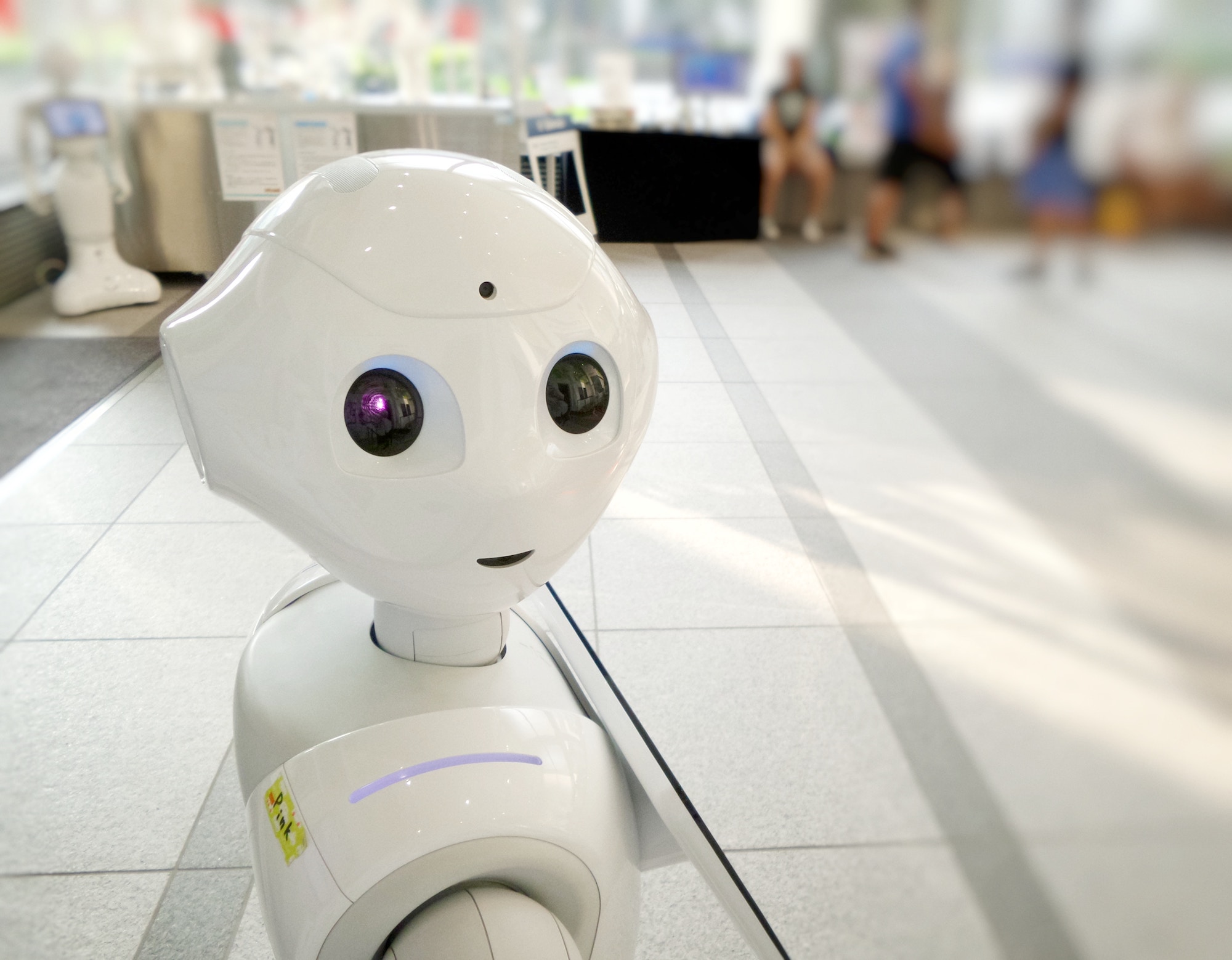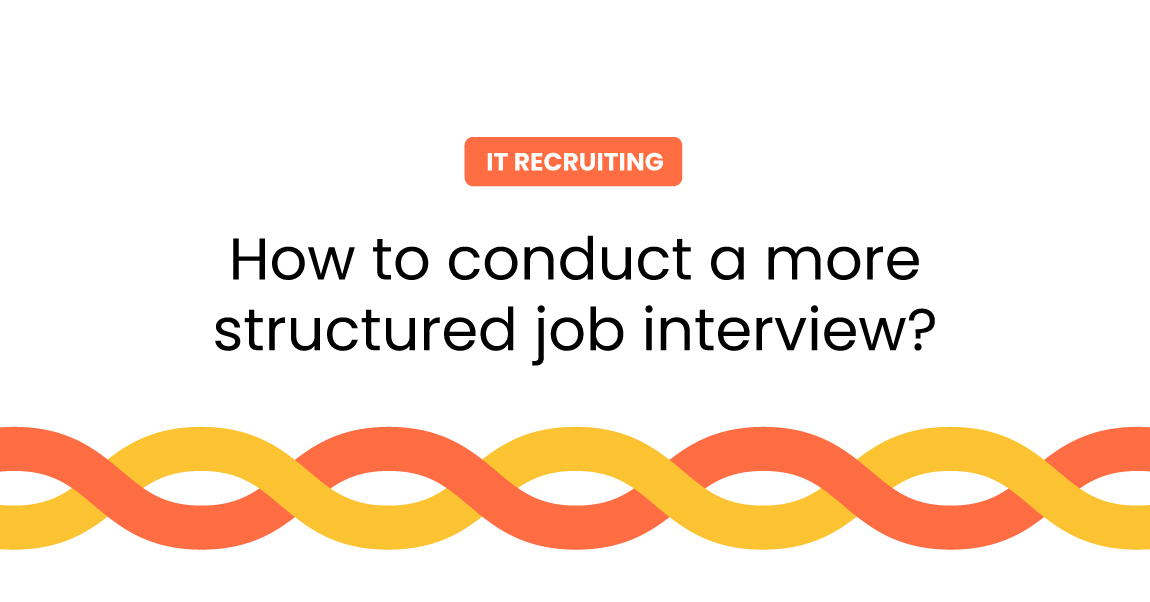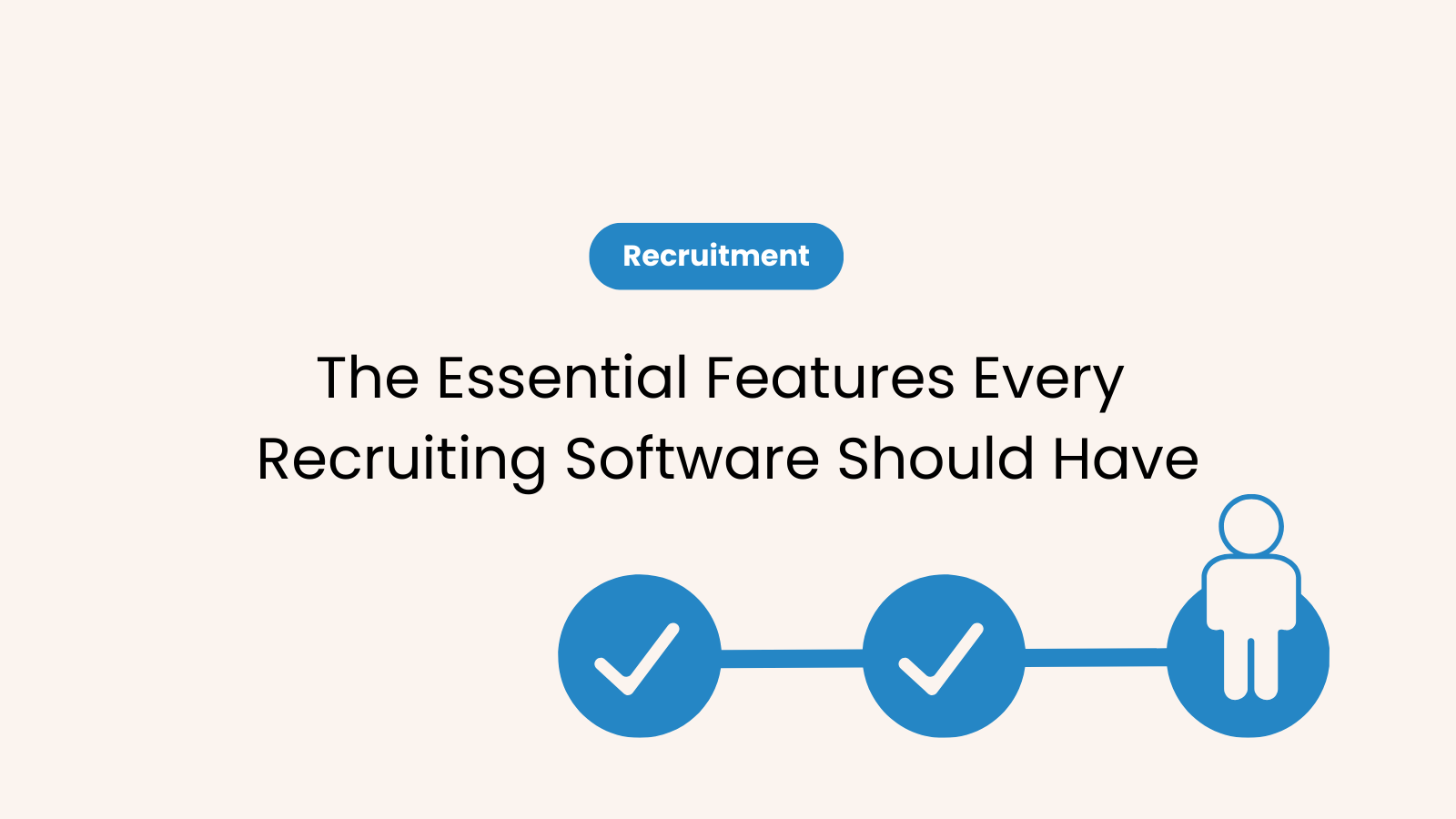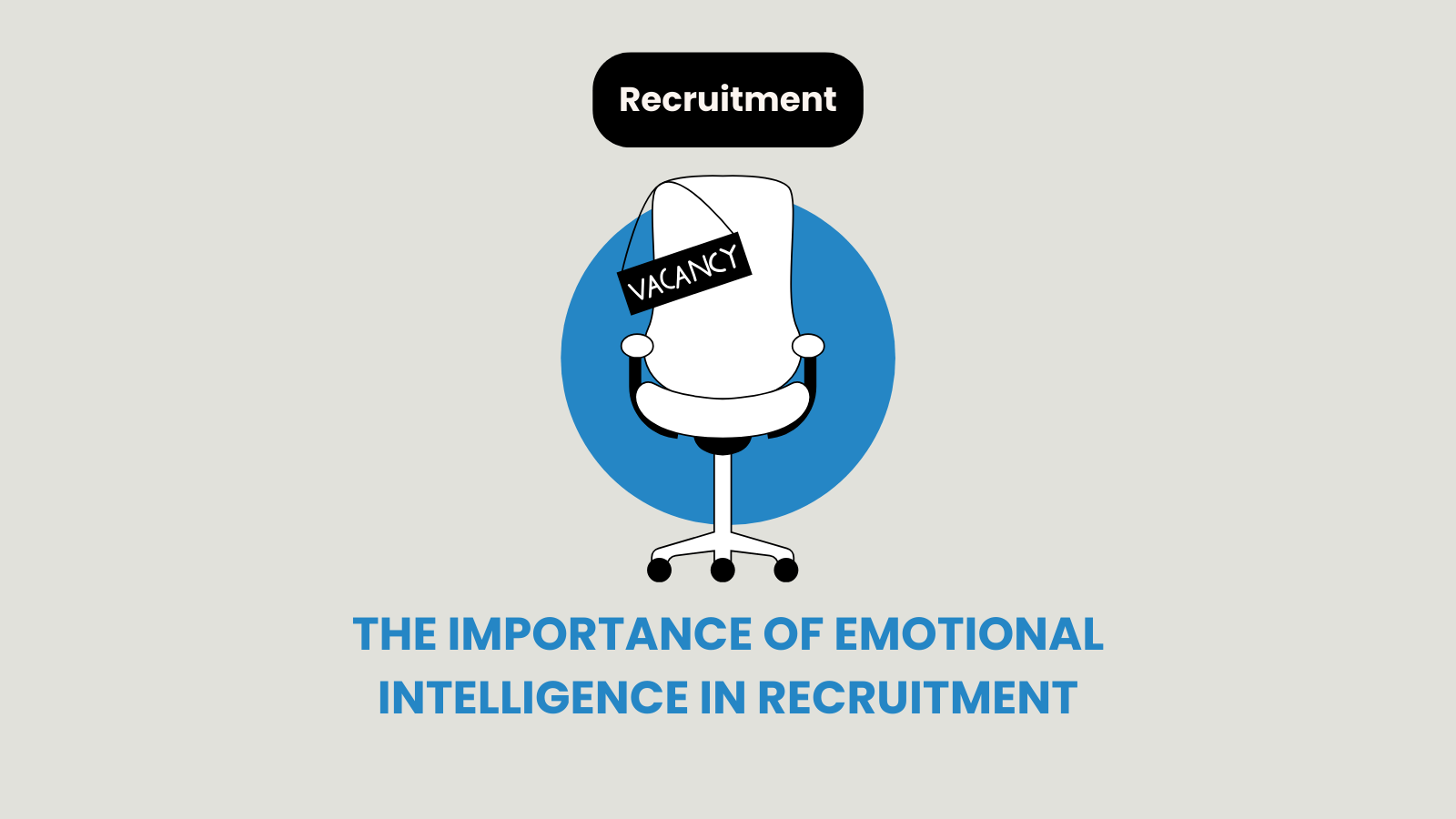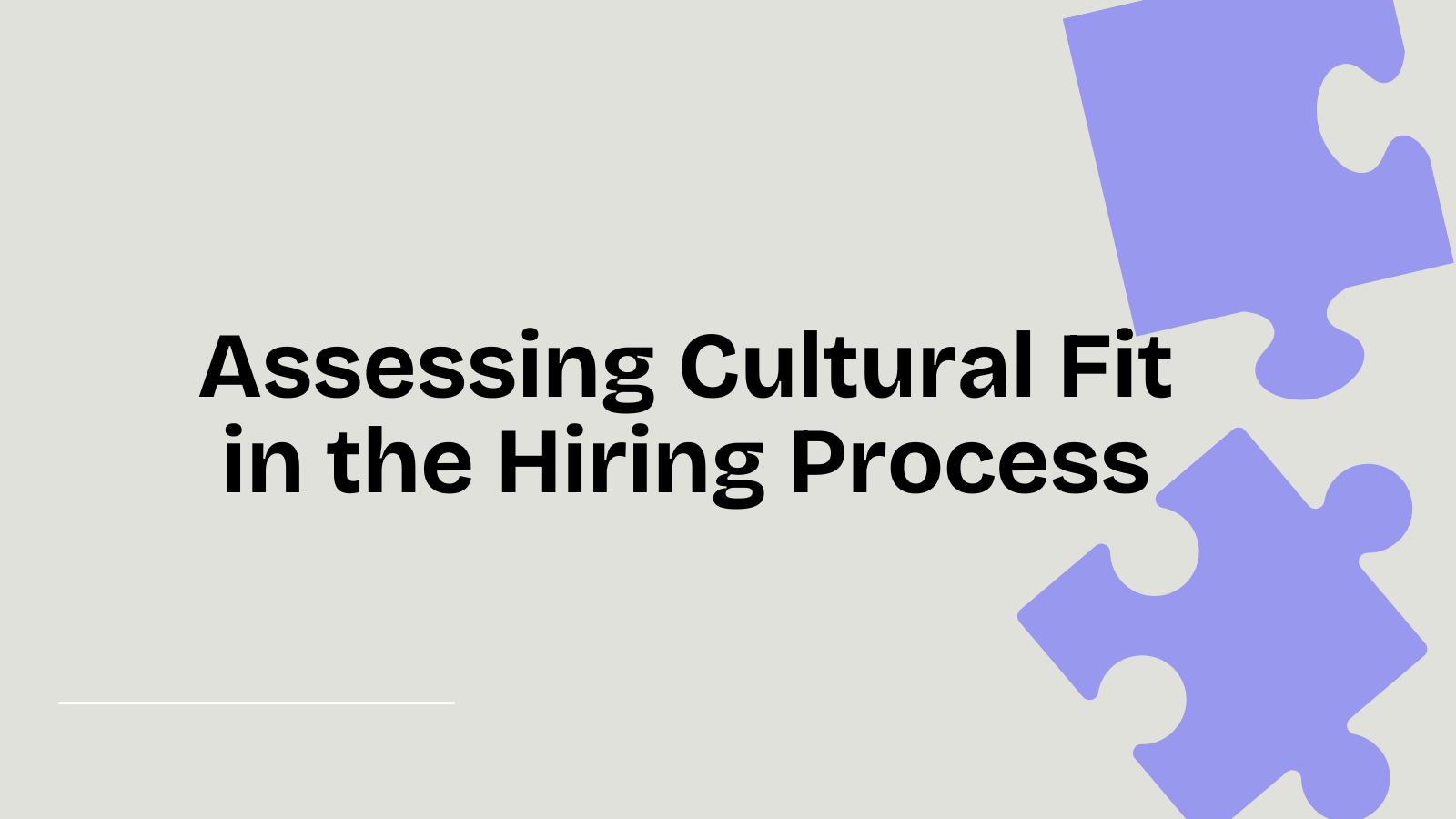Technology is constantly improving and helping professionals from different fields to get their job done faster and better. These changes in technology affect the recruiting process as well, so professionals should stay up-to-date with techniques that can help them find the perfect person for a job. Moreover, there are a number of responsibilities that the HR department has to deal with – sorting employee payrolls, performance management, talent acquisition, administration and interviewing and hiring new employees. As the technology is improving, recruiters should follow new trends in order to handle these things in a modern and better way. The fact is that more and more recruiters are now relying on ATS (Applicant Tracking System) or recruitment software in order to improve your recruiting process. So, let’s see how you can work alongside technology and use it to your advantage.
The power of artificial intelligence
Many IT recruitment companies are already using the power of artificial intelligence (AI). This technology is able to save a significant amount of time by helping recruiters finish many low-level, day-to-day tasks. Moreover, AI can screen and select A-level candidates without bias. This is a huge step in the recruiting process because the smart systems focus on experience, qualifications, and skills, without discrimination. Let’s be honest, humans can occasionally be discriminative, but now we can ensure that they don’t run the risk of having any unconscious bias.
A little help of chatbots
AI chatbots are extremely popular for a reason. They are able to carry out daily tasks such as answering questions or arranging interviews by saving a recruiter a lot of time. Now they can focus on an emotional and communicative aspect of hiring and make sure that employees and potential candidates are productive and satisfied. According to research, chatbots can save 75 percent of recruiters’ time, so they are definitely worth a try!
Job search and application process
As mentioned, AI can help recruiters find the best candidate – it can improve the hiring system by scanning an application for the necessary criteria, but it can also alert the candidate if the position is suitable for them. Because of generation Z, eager-to-learn and tech-savvy workers will be all around us, so the hiring process should be speeding up as well.
Automatically track applicants
Tracking applicants manually can be costly, and take you a lot of time that you can use for other things. That’s why an applicant tracking system can be a great tool for recruiters – by automating these processes, recruiters can make informed decisions in a timely manner, although ATS does not remove the human component from hiring. Now recruiters can compare candidates to open positions, easily determine channels that are providing the best candidates, and use that intelligence to set reasonable hiring goals.
There are even more advantages that recruiters will get if they use ATS – they will be able to build a custom workflow for each job opening, stay organized, and, more importantly, they will be able to eliminate redundant tasks along the way.
How do applicant tracking systems work?
When a person clicks “apply for a job”, their resume is automatically going to be scanned by bots. There are a few important words that a bot is searching for, so if a person doesn’t have some of these words in a resume, or they have a typo, a bot won’t recognize them as valuable candidates. Only resumes that bots accept will reach an actual human being. However, this system is not fail-safe. Some qualified candidates are likely being automatically filtered out of the vetting process by mistake, so both recruiters and candidates have to be careful. Applicants should find a way to optimize their resumes for applicant tracking systems, while recruiters should choose a tracking system that was proved to be good. If they do so, they will be able to have more productive, fact-based conversations about each candidate, thus reducing the risk of unconscious bias.
Tracking candidates on social media
Recruiters have been using social media as a powerful tool in the hiring process for years – from posting ads about the job opening to checking candidates online. Moreover, 70 percent of employers check prospective candidates’ social media platforms to see if they’re posting regularly about industry-related topics and well-known industry speakers in order to see if they are passionate about their job.
Nowadays, it’s very important for candidates to build a personal brand, and they can do it by using social media platforms such as LinkedIn, Twitter, Medium, Slack, etc. A candidate may be a beginner, but if an IT recruiter can see that they are passionate and interested in the industry, they may consider them for a position. Further, the good sign is if you can see a candidate liaising with industry peers and colleagues online because it shows that they have an interest in making a mark in their field.
Headhunters can find a professional that may be great for the job opening on social media platforms, or check others who have already applied. Either way, social media is just one element of technology that is improving the hiring process and it can help recruiters make the best decision.
Recruiting software for compliance issues
HR leaders handle a variety of compliance issues related to employees. They have to stay up-to-date, especially because state and federal employment regulations can change at the drop of a hat. From anti-discrimination laws to wage and hour laws – they have to know everything in order to protect themselves and their employees.
To ensure that they are staying compliant at all times HR stakeholders can use recruiting software with advanced reporting features. This tool gives them the ability to generate standard and custom reports in a matter of seconds, but also to stay ahead of legal issues. They can see how the organization maintains compliance with federal anti-discrimination laws, immigration laws, wage regulations, medical leave entitlements, safety requirements company benefits, workplace, etc. With this tool in their hands, they will be able to identify trouble spots in the recruiting process, compare them to compliance reports and find the best way to proceed with workflow improvements while staying within the letter of the law.
Use technology for recruiting process, but think with your head
Although technology is constantly improving, humans and technology should be working alongside one another in a variety of industries. After all, recruiters are dealing with people. Both humans and technology have flaws – while humans can have bias, technology can reject great non-traditional candidates. Not everyone has a perfect presence online, but some of these people can have great knowledge and experience in their resume (and head). There are a number of talented people around us, so we need to start thinking about how to re-invent recruitment by combining big data tools with human expertise. Remember, technology is great, but recruitment still needs the human touch!
